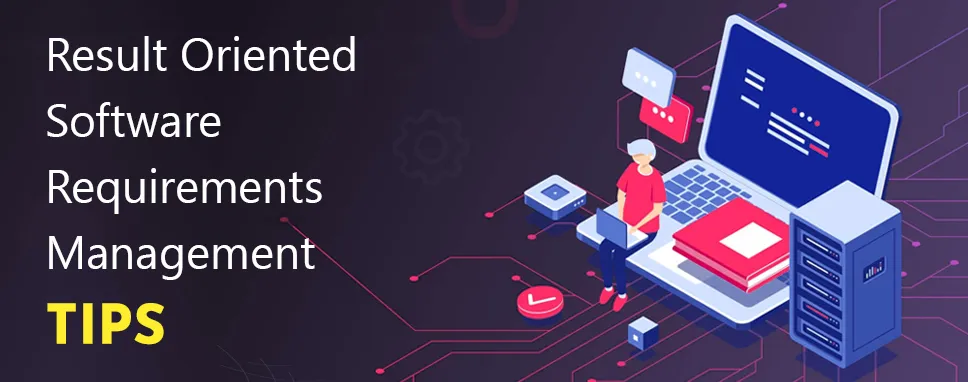JIRA is Best for Understanding Overall Progress
If using Jira, create different board views for different members of the team. This way, as a product owner, you can check the board from everyone’s perspective to gain an overall understanding of progress.
Apply tags to stories representing priority or team splits, so the backlog can be filtered by tag. This helps keep the list focused when you are looking for something specific.
Drive the backlog with a user story map. This helps you prioritise stories before they even hit the product ,backlog and also forces you to write stories that are focused around user journeys.
Schedule a backlog review session every 4 weeks with yourself! You, as a product owner can then remove stuff from the list that will never be done and tidy up things that have been added in a hurry.
Try an upper limit for the amount of stories on the backlog. If you set a limit of 50, you will only ever have a list of 50 to prioritise. Once the list size goes under 50, you can add new stories from other stakeholders
- James Sear, Co-founder ofAvion
Software requirements management tips: The best tip we can recommend for product owners to manage software requirements and product backlogs is to use Jira Software, which we use in house for all of our mobile app and software development projects.
Jira Software was originally developed to be used as a bug and issue tracking system, but now it has many use cases, functions and features. Jira also integrates with other tools including TestRail and Slack, not just other Atlassian tools. Whether you are requiring a tool for requirements and test case management, agile implementations, project management, software development, product management, task management, bug tracking or something else, Jira is the best option. With everything it has to offer, Jira can be your central hub for coding, collaboration and release stages
- and it is for our team at Coderus.
- Mark Thomas, CEO ofCoderus





















